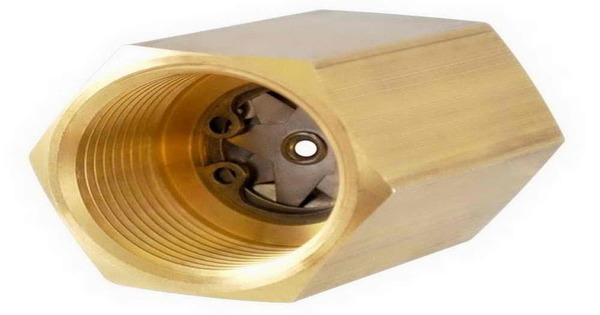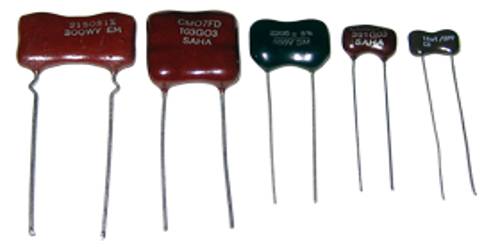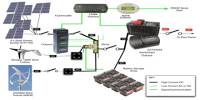A flow limiter or flow restrictor is a device that restricts the flow of a fluid, typically a gas or liquid. It is a device that controls or restricts the flow of a substance, such as liquids or gases, through a pipe or conduit. Some designs employ single or multi-stage orifice plates to manage both high and low flow rates. It is widely used in a variety of industries and applications that require precise flow rate control for safety, efficiency, or operational purposes.
Flow limiters are widely employed in both manufacturing plants and households. Using a flow limiter is typically done for safety reasons. For example, manufacturing plants and laboratories utilize flow limiters to prevent harm or death from toxic gasses in use. The flow limiter keeps gasses from causing harm or death by decreasing the cross-sectional area where they flow.
Flow limiters come in various forms and can operate using different principles. Some common types include:
- Valves: These are perhaps the most familiar type of flow limiter. Valves can be manually or automatically controlled to adjust flow rates by opening or closing a passage. They come in different designs such as globe valves, butterfly valves, ball valves, etc.
- Orifices: An orifice restricts flow by reducing the cross-sectional area through which the substance can flow. Orifices are simple and cost-effective flow limiters commonly used in applications where precise control is not necessary.
- Nozzles: Nozzles are devices that accelerate fluid flow through a constriction, effectively limiting the flow rate. They are often used in applications like spray systems and fuel injection systems.
- Flow Restrictors: These are specifically designed components placed within a pipeline or tubing to limit the flow rate. They can be fixed or adjustable depending on the requirements of the system.
- Flow Controllers: These are more sophisticated devices that not only limit flow but also actively control it to maintain a desired flow rate. They often incorporate sensors and feedback mechanisms to achieve precise regulation.
Uses
Flow limiters find applications in various industries including oil and gas, chemical processing, water treatment, HVAC systems, and more. They play a crucial role in maintaining safety, optimizing processes, and ensuring the efficient use of resources.
- Reduce flow of fluid (velocity) through a system, e.g. to reduce water usage in a shower
- Reduce the amount of gas passing through a system
- Reduce pressure in a system
- Applications in medical instrumentation
- As a safety valve to provide limited flow after closing in the event of a broken hose.
















